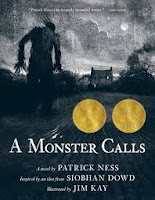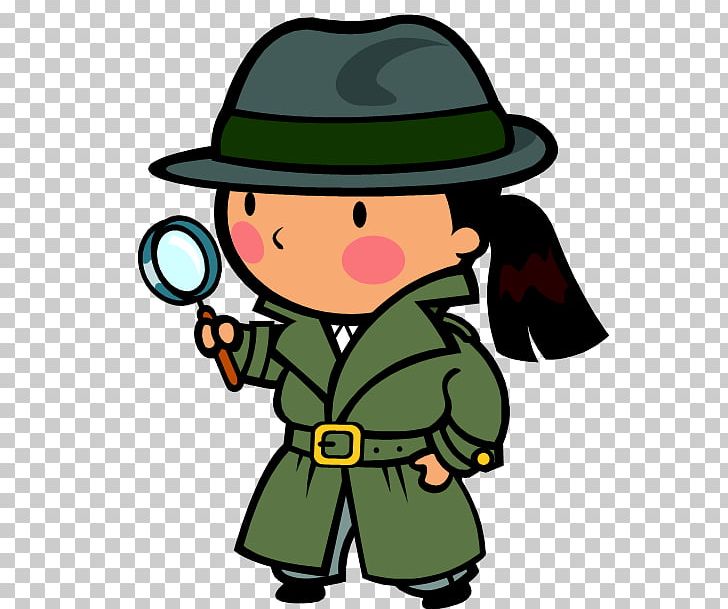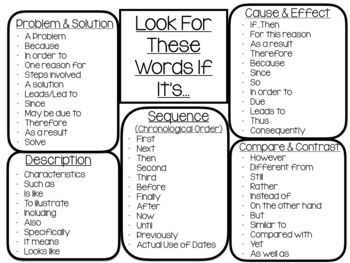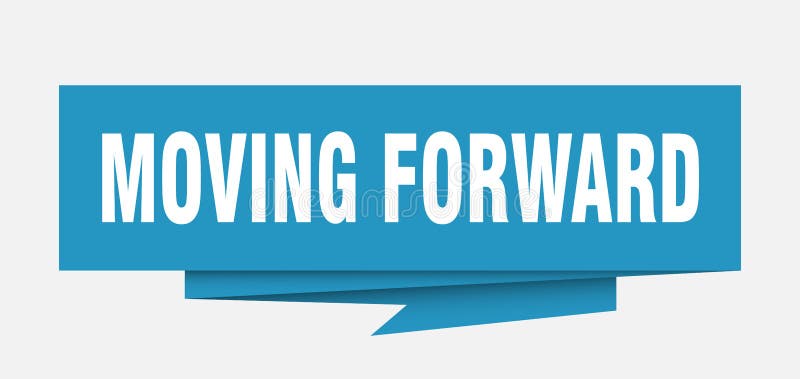 I had always been intrigued by the way our brains work. It probably has to do with the fact that my entire family is in the science/ medical field and also the fact that I struggled for a long time academically while growing up in Asia.
I had always been intrigued by the way our brains work. It probably has to do with the fact that my entire family is in the science/ medical field and also the fact that I struggled for a long time academically while growing up in Asia.
In the old days, we sat and listened to direct instructions while taking notes aimlessly and you are completely judged by your grades. With the constant struggle, the stress of not bringing shame, I stressed, I cried, and I completely shut down every time I had to do anything academic, especially math.
Now that I am on the other side and seeing the same struggles that I had in many of our scholars, I am so thankful that there are so many strategies that we can incorporate into our classrooms. Since I am all about music, movement, and how it all connects to our magnificent brain, when I saw the first video of a Whole Brain Teaching teacher, I was intrigued!
The less teachers talk, the more kids learn.
The brain is made of many regions. We have the prefrontal cortex, which is the brain’s reasoning center, activated during decision making. The motor cortex directs the body’s physical movement. Visual cortex processes input from the eyes and stores visual memories.
The limbic system is the brain’s emotional core. Wernicke’s area, Broca’s area is in charge of spoken language (Wernicke’s area) and producing spoken language (Broca’s area). Last but not least, the nucleus accumbens, where the magical area that secretes the “ happy” feeling. When we engage in a pleasurable activity like listening to music, exercising, eating delicious food, playing a game, the nucleus acumbens secretes dopamine, the brain’s pleasure chemical.
The Whole Brain Teaching Model is to use strategies to activate many parts of the brain while teaching your lesson so that the scholars will not only physically make motions but also produce spoken academic language to teach each other.
Tailor the Strategies to You
I was overwhelmed when I first came across the idea of Whole Brain Teaching because the goal is to make classroom instruction as exciting, as brain involving, as a video game. Yeah, REALLY? I cannot be as impressive and exciting as a VIDEO GAME! ARE YOU KIDDING ME?
I was about to abandon the idea of trying it out, but I was supported by my excellent induction mentor to give it a try. There are many parts to WBT, and I crashed and burned hard when I decided to do it all! As educators, we always reflect on our selves and pick our selves back up again with a different game plan, so that’s what I did. With baby steps. I worked on two strategies, and it is working wonders, especially for my UA scholars.
The first strategy was, “Mirrors!”
While planning out my lessons, I looked for key concepts or even the objectives I would like to see from my scholars by the end of the lesson. I come up with arm motions and voice inflections that captures the concept and attention of my scholars. I definitely practice that in my bathroom many times. When I introduce it to my class, I say “ Mirrors!” while holding my hands in front of me. This is when the class will say “ Mirrors!” with the same motion. From that point, everything I say and do, they will repeat. I break it down in small chunks, so it is memorable and easy to recall. Once I see that the majority of the class can repeat it confidently, I will say “ Mirrors Off!” with my hands down by my side, they will repeat, and that’s their cue to stop repeating.
Here is a quick clip of myself using "Mirrors!" with my UA scholars while teaching about inferences.
Being able to come up with motions for concepts can be tricky at the beginning, but boy, make it YOU and make it FUN for the scholars! Trust me when I say that they will feed off of your silliness, and they will REMEMBER and RECALL!
The second strategy you ask? Stay tuned for my next blog post or come for a spotlight visit! :)
Eileen Wunderlich
Eileen Wunderlich



































